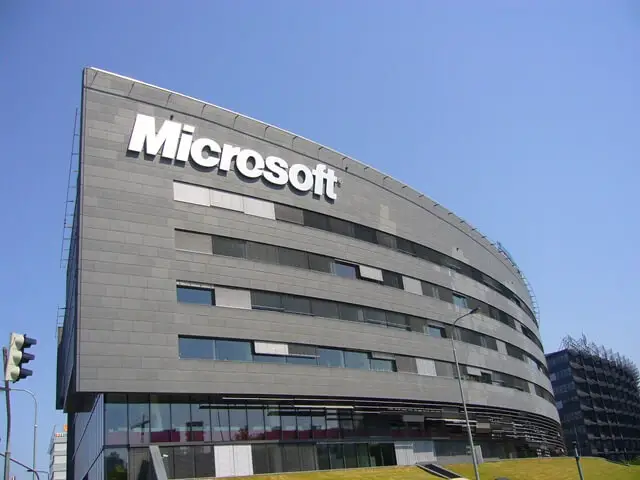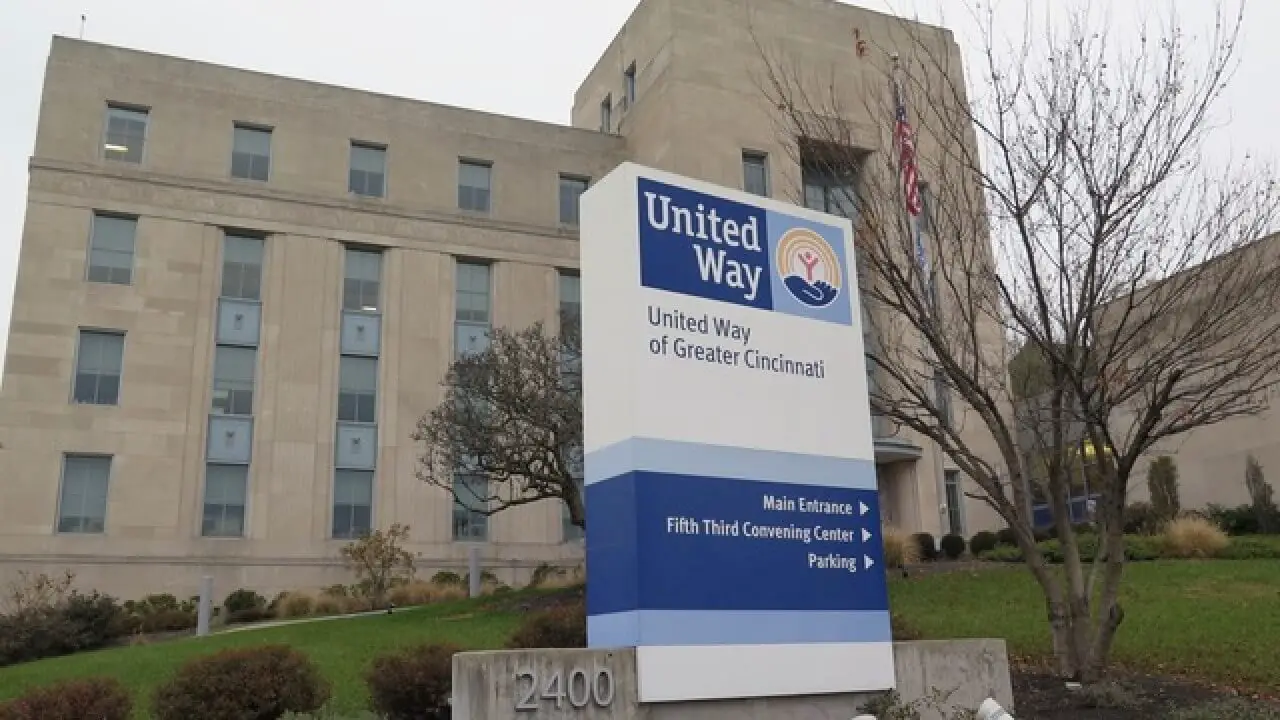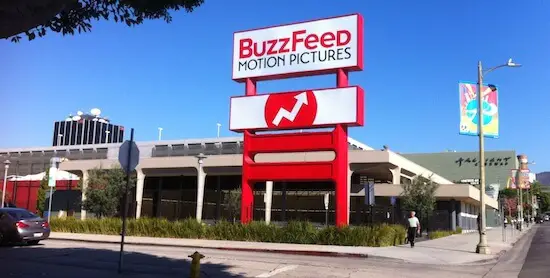Microsoft Mission and Vision Statement Analysis

Microsoft’s mission statement is “to empower every person and every organization on the planet to achieve more.” ‘Empowerment’ is the key term in this mission statement. It represents the primary objective of the company and what the strategic tactics of the organization seek to achieve. It also zeros on two major recipients of the ‘empowerment,’ the people and organizations. Some of the components that emerge from this mission statement include:
- Empowering communities. In the first component of its mission statement, Microsoft focuses on the intended purpose of its products on the users – empowerment. The company deals with a wide range of products with varying benefits. For instance, its software can be exploited to improve the corporate managerial systems by other companies. Individuals can also hone their computing skills with the easy to use Microsoft products. There is no limit to where Microsoft has an impact as students can also unlock their learning potentials through Microsoft’s school tailored technology.
- Exceeding expectations. Microsoft lays a lot of emphasis on going beyond what their customers expect them to do. For example, Microsoft has expanded its wings to have its impact felt in all spheres of life including in the automotive as well as in some of the most sensitive sectors such as in healthcare. With Microsoft niche specific products, the company has enabled businesses to operate more securely through Microsoft models.
- Every person and organization. While doing what it does best, Microsoft remains aware of its market. By making clear that it does not exclude anyone, the company re-emphasizes its determination to do more as reflected in the second component of its mission statement. The presence of this element shows that Microsoft is a company that cares about everyone without discrimination of whether their technological needs are personal or organizational. The company remains prepared to serve them all fairly.
Introduction
The market dominance that Microsoft Corporation enjoys in the technology sector is all because of the capacity of the management to steer its team towards the mission and vision statement of the company. With its precise and adaptive corporate statements, Microsoft has managed to overcome computer technology handles in the past, emerging as the modern giant in the sector. In fact, a look at its mission and vision statement tell everything anyone would want to know about the company – what it stands for.
A corporate vision statement is a representation of the future path or position the company desires to achieve. On the other hand, a corporate mission statement is the actions that the management deems applicable to take the company to that foreseeable future. In this case analysis of Microsoft, the vision statement of the company settles on the influence the company has at various levels in the society, including at a personal and organizational level.
Its mission statement explicitly declares its intended approaches to get the best out of everyone it interacts with. Microsoft’s success also has a great deal to do with its core values. Core values act as guiding principles in a company to ensure the management creates a culture that aligns with the mission and vision statements. In this case, Microsoft incorporates innovativeness, environmental consciousness, and inclusiveness among other values as critical elements of the company.
They spur growth within the establishment by motivating the employees to do their best not only for the company but also for the overall growth of the industry. Therefore, Microsoft depends on a harmonious interaction of the three corporate statements to remain a top brand in the computer technology niche.
| Name | Microsoft Corporation |
| Industries served | Computer software, Electronics |
| Geographic areas served | Worldwide |
| Headquarters | U.S. |
| Current CEO | Steve Ballmer |
| Revenue | $ 73.72 billion (2012) |
| Profit | $ 16.97 billion (2012) |
| Employees | 94,000 (2012) |
Vision Statement
Microsoft’s vision statement is “to help people and businesses throughout the world realize their full potential.” The concept presented in this vision statement is on how the company goes all out to ignite positive changes in its customers. One can identify the following elements from this vision statement:
- Throughout the world. The first element of this vision statement reveals that Microsoft is not a local or regional company. The firm targets the entire global market, and there is no limitation to who can benefit from the products of the company. Microsoft has something for everyone ranging from individuals to businesses of all types and sizes. To add more to what this component illustrates, Microsoft has a wide range of tools even for the biggest organizations out there – the governments. For instance, the company showcases the benefits its products can have on the operations of such mega entities, proving that its coverage is limitless.
- Realize full potential. In this second element, the company brings out the intricate details of what all its tools, devices and software are meant to do. Helping its clients to enhance their skills and potential is what defines Microsoft, and that is why the company prioritizes on innovations that are customer-centric. For instance, assistance range from simple programs that boost the skills of the users to complex ones that mold them into designers and creators of new products. In fact, this is not all, as Microsoft has other empowerment approaches to help its clients reach their full potentials as emphasized in this second component of the vision statement.
Core Values
Microsoft’s core values are “innovation, trustworthy computing, diversity and inclusion, corporate social responsibility, philanthropies, and environment.” The presence of these values has enabled the management to direct all workers towards the mission and vision of the firm. These values aid the company in various ways.
Microsoft understands the importance of creating an innovative culture to thrive in the computer technology sector. This directly contributes to the presence of products that help customers with dependable computing. To have a healthy impact across the globe, Microsoft has learned the art of diversifying and being inclusive to ensure the company has a global image that does not alienate anyone.
It also enhances this reputation by staying true to its responsibility to the society through programs that empower and give back to the communities as shown in its fourth and fifth corporate values. As a sustainable company, Microsoft’s success is directly related to the environmental friendliness associated with its products as well.
References
- Bolton, P., Brunnermeier, M. K., & Veldkamp, L. (2008). Leadership, coordination and mission-driven management (No. w14339). National Bureau of Economic Research.
- Bowen, S. A. (2018). Mission and Vision. The International Encyclopedia of Strategic Communication, 1-9.
- Callahan, M. R. (1989). Preparing the new global manager. Training & Development Journal, 43(3), 28-33.
- Kilgore, R. A. (2002, December). Open source initiatives for simulation software: multi-language, open-source modeling using Microsoft. NET architecture. In Proceedings of the 34th conference on winter simulation: exploring new frontiers (pp. 629-633). Winter Simulation Conference.
- Leigh, P. (1997). The new spirit at work. Training & Development, 51(3), 26-34.
- Lessambo, F. I. (2018). Apple and Microsoft Case Study. In Financial Statements (pp. 331-351). Palgrave Macmillan, Cham.
- Leuthesser, L., & Kohli, C. (1997). Corporate identity: The role of mission statements. Business Horizons, 40(3), 59-67.
- Microsoft – About.
- Olson, E. M., Cooper, R., & Slater, S. F. (1998). Design strategy and competitive advantage. Business Horizons, 41(2), 55-62.
- Seago, J. (2015). A new framework for a new age: the updated IPPF helps guide auditors through change and ever-growing challenges. Internal Auditor, 72(4), 53-58.
- Shelton, C. P., Koopman, P., & DeVale, K. (2000). Robustness testing of the Microsoft Win32 API. In Proceeding International Conference on Dependable Systems and Networks. DSN 2000 (pp. 261-270). IEEE.
- Soles, J. (2016). President’s message. Vision, mission, action/Message du president. Vision, mission, action. Canadian Journal of Rural Medicine, 21(2), 37-39.
- Warner, J. P. (2019). Microsoft: A Strategic Audit.
- West, M. R. (2016). Transition time. Education Next, 16(4), 5-6.











